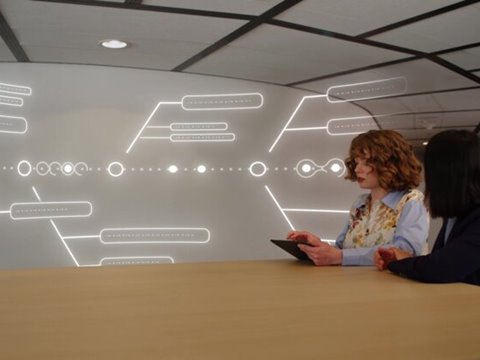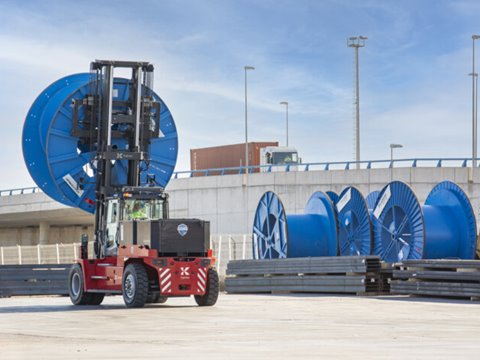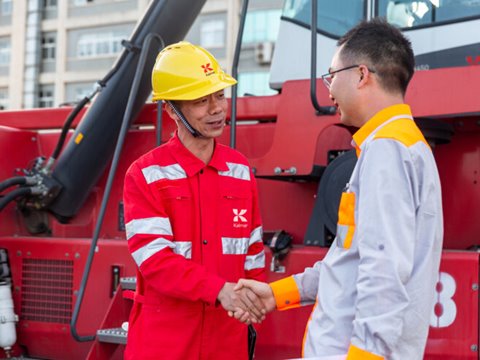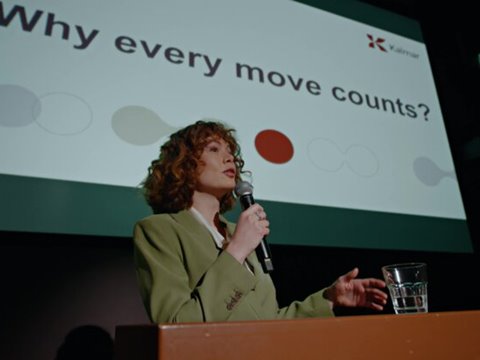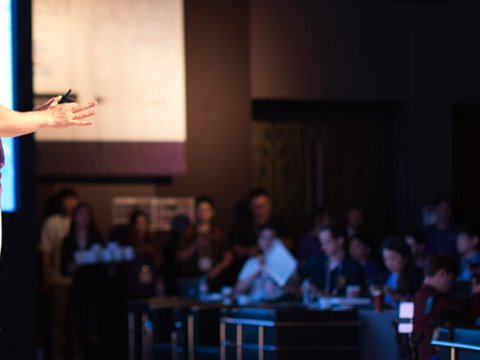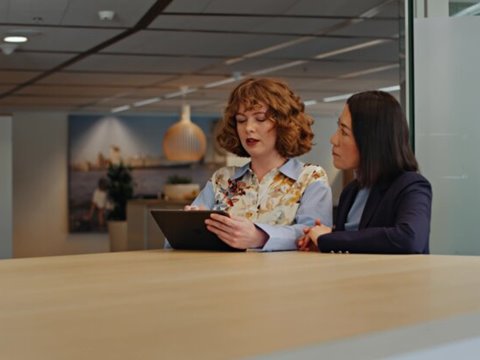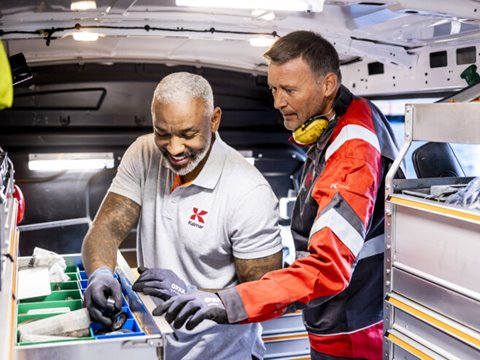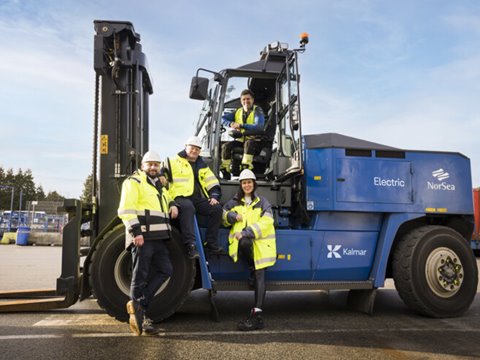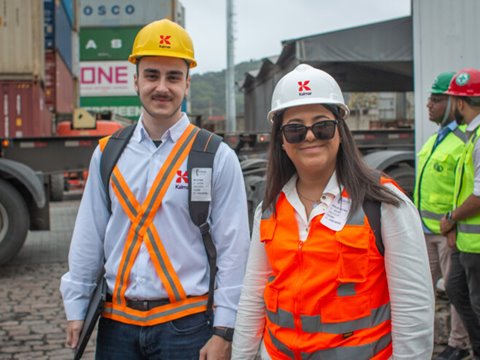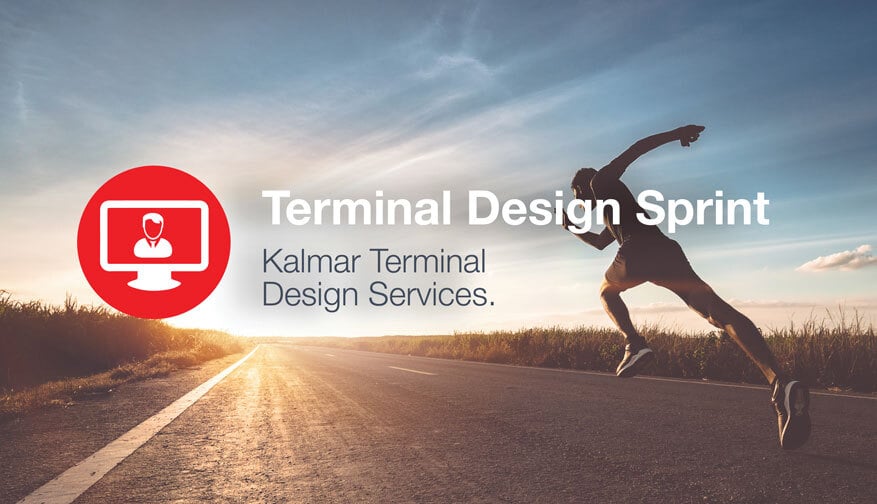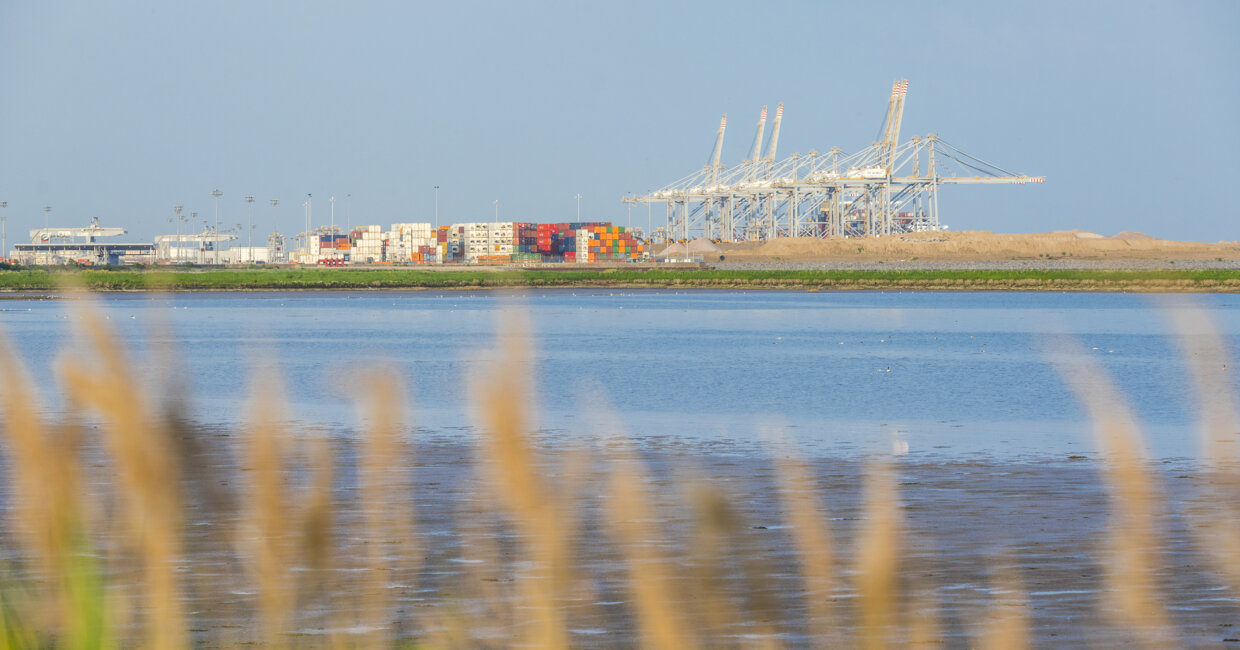
Kalmar Expert Roundtable: Practical Steps Towards Eco-Efficient Operations (Part 1)
Kalmar's Timo Alho, Jason Gasparik, Christopher Saavedra and host Pilvi Tähtinen-Sfakiotakis discuss the practical steps towards eco-efficient operations for container terminals, in addition to providing tips on how terminal operators can lower their emissions along with fuel and energy consumption. This three-part discussion originally aired as a stream on LinkedIn Live on 15 April 2021.
How do you see the current situation in the industry when it comes to adopting and investing in eco-efficient technologies?
Timo Alho, Director, Product Management, Kalmar: It's a hot topic at the moment for container terminals and global terminal operators. There's a kind of a continuous push to reduce the CO2 footprint of the logistics chain and the container terminal is an important part of this. And this push comes not only from the strategies of the companies themselves but also from the customers of the container terminal. So they are really demanding a lower CO2 footprint for the whole chain.
That's one side of it, but there are also other stakeholders setting demands. Port authorities often have a strong drive to reduce the CO2 footprint of ports, sometimes even making this a requirement for granting concessions for terminal operations. And then thirdly, there are also governments setting regulations.
So all of these parties are setting different requirements that container terminal operators need to address, and there are many different technological solutions to help with this. The electrification of yard cranes has been there for a long time, but lately, the development of battery technology has enabled a new kind of concept that includes hybrid power units, which are actually very well suited for this type of heavy lifting equipment, as you can regenerate and store a lot of the energy for re-use.
With battery technology, the next step is of course fully electric equipment, such as straddle carriers that don't have any diesel engines at all. All in all, we have both a need and existing technologies for new eco-efficient solutions, so there are a lot of possibilities at the moment.
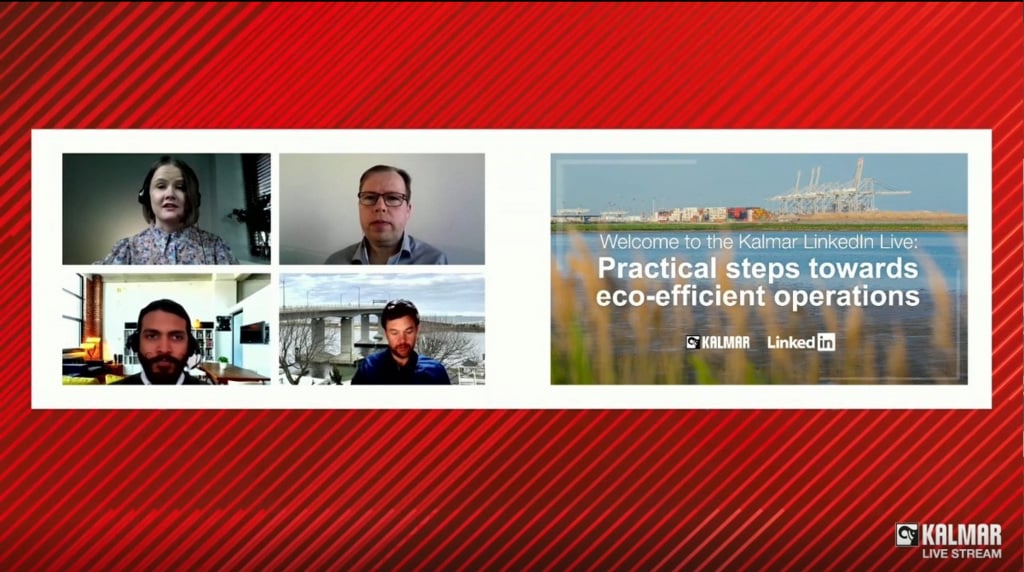 Pilvi Tähtinen-Sfakiotakis, Timo Alho, Christopher Saavedra and Jason Gasparik discussed the practical steps towards eco-efficient operations for container terminals in a LinkedIn Live session held in April 2021,
Pilvi Tähtinen-Sfakiotakis, Timo Alho, Christopher Saavedra and Jason Gasparik discussed the practical steps towards eco-efficient operations for container terminals in a LinkedIn Live session held in April 2021,
What are the drivers that are speeding the adoption of eco-efficient technologies at container terminals?
Jason Gasparik, Director of Sales, Ports & Terminals, Kalmar: Well, to put it simply, it does mostly come down to money. Companies need to make money and save money while keeping both their shareholders and various stakeholders happy with wise investments that bring a good return in a reasonable timeframe.
There is a common saying with customers “It isn’t green if it doesn’t save me or make me some green”. And there are a lot of different ways this can be achieved. You can use less diesel fuel, or implement hybrid battery systems as just two common examples. There are a plethora of things that can be done, but ultimately the big conversation that I have with customers on a day-to-day basis is, we need to figure out how we can make this work financially for the terminal and our shareholders. Because if it doesn't make immediate financial sense – and the ROI can in some cases be as long as 20 years – it's not a realistic investment for them. So we need to figure out ways to make the payback much faster.
There are a lot of different programs out there, and governments, as well as port authorities, have programs and grant opportunities for terminal operators that can reduce that ROI time quite substantially in many cases. So, even with the current low prices of diesel fuel in the United States, you can find ways to actually make the investment much more attractive in a significantly shorter term.
As Timo mentioned, most, if not all, customers are getting pressure from outside stakeholders and in some cases, from their own employees. Everybody wants to figure out how we do this together. How can we be smarter and more efficient about what we're doing? What technologies can we invest into now that help us get closer to our efficiency goals while also bringing the ROI to our shareholders and employees?
Ultimately, I don't think you'll find a company that would say they don't want to be a greener company. Of course, everybody wants to do the right thing. It's just a matter of how we do it, and how it makes financial sense so we can either save money in the future, or somehow make some money in the future off of it, or a combination of the two. So this is what a lot of the discussions with our customers are about on a day-to-day basis.
Christopher Saavedra, Manager, Terminal Design Services, Kalmar: The situation also varies from region to region, so the landscape is not the same in Asia, Europe or the Americas. Countries are already using different instruments for carbon pricing, so customers will need to take different actions from a short-, mid- or long-term perspective.
Our team supports customers in creating roadmaps by identifying local regulations on specific countries and finding out what are the objectives of the terminal to reduce the CO2 footprint. These need to be aligned with the terminal's investment plan so there is a proper business case for them. But what we are seeing is that customers are really evaluating and preparing the designs and layouts of their terminals so they can enable these future eco-efficiencies along with automation.
Stay tuned for parts 2 and 3 of the discussion!
Kalmar offers a ten-day terminal design sprint service, which is a tailored feasibility study that examines the options of electrification and automation deployment for your terminal. To learn more, please visit https://go.kalmarglobal.com/Terminal-Design-Sprint or contact Christopher Saavedra directly.
Related articles
Further reading
Subscribe and receive updates in your email
Subscribe